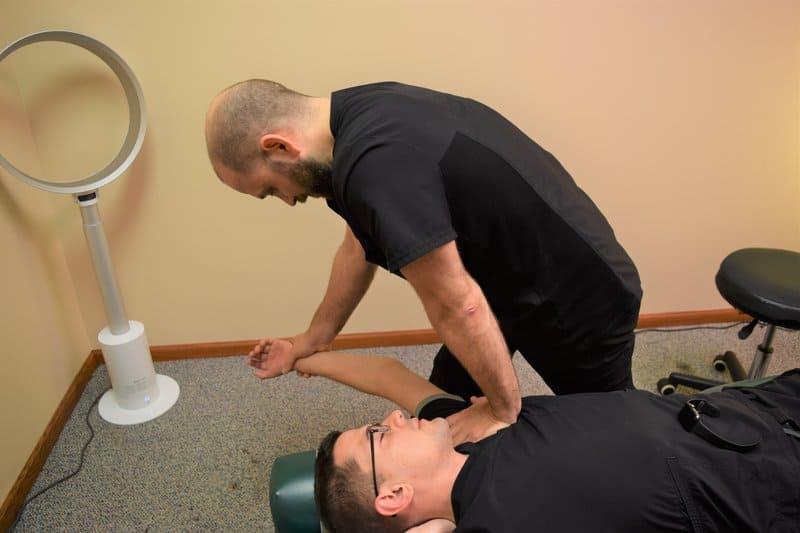Debunking Aromatherapy Myths: What You Really Need to Know
Aromatherapy is often hidden by many myths and misconceptions although it is evident that there are many benefits that come with it. In this article, such common myths will be addressed and supported with plausible facts with the aim of changing the common perception of the practice and its benefits. Know the falsehood behind these definitions and understand how to apply aromatherapy really well when necessary. Is it fair to say that aromatherapy is all about the wonderful smells? No, this therapy involves a little more than just the sweet-smelling fragrances. Aromatic oils are used so as to positively affect the body in the physical as well as in the psychological sense by modifying emotions, tension, and hormones. Aromatherapy may be defined more broadly as the use of aromatic medicinal plants to promote health. Essential oils are active components present in the oil which does not only smell good but acts in several other favorable ways such as acting as an anti-inflammatory, pain reliever, and aid in sleeping. The common people may think that the benefits of aromatherapy depend solely on the sweet fragrances, which, after all, are powerful enough to cheer up the spirit and soothe the mind, which isn’t fundamentally correct. It is quite obvious that therapeutical benefits cannot be fully disassociated from biological mechanisms. Because it also affects the limbic system and then the condition of the body, aromatherapy works holistically and aims more than relaxation. Can aromatherapy cure diseases? Aromatherapy does not allow curing any disease but helps in controlling symptoms and maintaining general health. The aim is not to eliminate any of the conditions but to reduce symptoms such as anxiety, stress, or sleeplessness and improve cognition. In this regard, it is worth speaking about what aromatherapy can actually do. Clearly it cannot eradicate medical ailments. Still that type of therapy can be used effectively in ‘heavy’ symptom control. In particular it is used in palliative care for the relief of stress and comfort. Some oils like lavender and mint are useful in compensatory therapy for rheumatoid osteoarthritis and different headache diseases because of their anti-inflammatory and pain-easing activity. Like all other complementary modalities, use of aromatherapy alone does not encourage and most likely does not provide the desired health outcomes. Is it safe for everyone? Aromatherapy is generally safe; it does, however, require proper application and awareness of conditions that could lead to allergies. Some oils can also be responsible for allergic reactions or interact negatively with medication; hence, great caution is exercised with health providers. While helpful, aromatherapy needs to be treated with much care, specifically for pregnant women, children, and people with grave health problems. These essential oils are highly concentrated, and for that reason, undiluted applications or direct contact with the skin may irritate it or even cause allergic reactions. Is there scientific evidence to support aromatherapy? Indeed, various scientific research proves the efficiency of aromatherapy in managing stress and sleep disorders or anxiety. Various studies prove it reduces symptoms of depression and also provides betterment in emotional health. The studies have pursued positive results in aromatherapy, specifically in psychological health. For example, it has been proved that lavender oil reduces cortisol levels, which are usually high in conditions occasioned by stress. Through aromatherapy, the promotion of holistic practices such as relaxation and mental clarity is easily achievable. Essential oils find their way into hospitals and wellness centers too, as a means of creating an environment that is serenely conducive to patients’ recovery processes. Continuous research and clinical trials are significant in ascertaining the overall scope of benefits and the mechanisms through which EOs act on health. Are all essential oils used in aromatherapy natural? Most of these essential oils are, in fact, naturally extracted from plants. However, synthetic forms do exist and find their way into various commercial uses. An important differentiation between authentic plant-sourced essential oils and their synthetic alternatives needs to be made when considering genuine therapeutic benefits. True aromatherapy employs oils extracted from flowers, herbs, and trees through a process of distillation or cold-pressing in order to maintain their therapeutic properties. Such natural oils are rich in complex compounds acting beneficially on the human organism. Commercial fragrances and cleaning products contain synthetic oils devoid of these therapeutic compounds and may contain harmful additives. Purchasing high-quality, organic essential oils will allow those seeking health benefits from aromatherapy to obtain full therapeutic effect without artificial chemicals and additives. Is it safe to try aromatherapy at home for the first time? Lavender and peppermint essential oils are good oils to use for beginners. For diffuser use essential oils and for topical use dilute oils first or mix with carrier oil. Do a patch test before the full application of the oils. Special care is evolving in terms of practice to perform aromatherapy at home, which is quite often the first step towards practicing it professionally. One should particularly begin with low strength oils or versatile oils. Diffusers make the inhalation of the oils safe, and there is no longer a need for direct contact with the skin in order to obtain the benefits of the oils all over the home. But for external use of essential oils, they should be mixed with a fiber oil to reduce the risk of irritation due to the concentrated essential oils. Which top essential oils relieve stress in the best manner? The essential oils of lavender, chamomile, and frankincense are highly useful in getting rid of stress. These oils, when inhaled or applied in a diluted manner are known to reduce anxiety and aid in relaxation. Essential oils like lavender, chamomile, and frankincense are among the major oils found in pranayama therapy that have the power to calm one’s mind and body. Lavender oil, in particular has been a subject of great interest, concerning lowering blood pressure and rate thus relaxation. Chamomile in oil can also soothe anxiety and promote better sleep as it can in tea. Frankincense offers reassurance due to its











